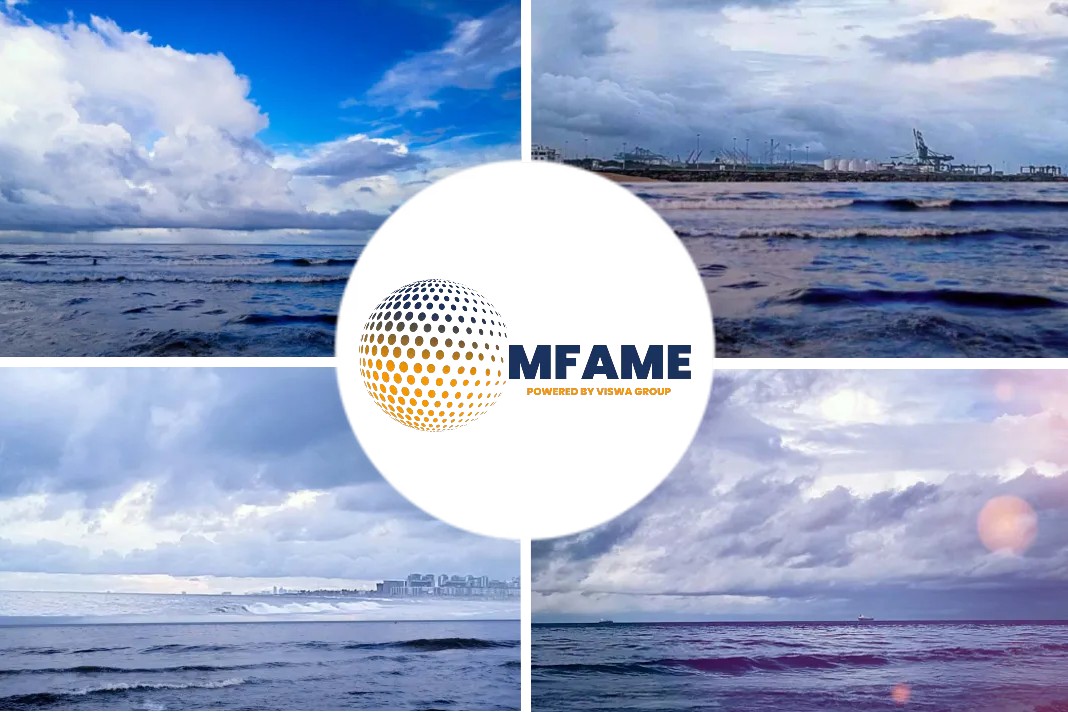The CIMAC congress just had an interesting discussion on a range of issues shipping industry is currently sailing through. Viswa Group in a 4 part series, highlights the key issues from the concerns discussed by citing the most innovative technical papers presented at the conference to meet the goal.
Paper 031: A Comparative Study on Scuffing Properties of Plasma Spray Coating and HVOF Coating on Piston Ring Sliding Surface by Minoru Kawanishi, RIKEN Corporation
In recent years, there is a growing demand in the market for further improvements in piston ring coating durability or adhesion, in order to prolong product life of piston rings which function under severe conditions of high‐output engines equipped with systems like WHRS (Waste Heat Recovery System).
In order to fulfill such market demand, MAN Energy Solutions Copenhagen has challenged the development of highly durable piston ring coating, and succeeded in developing a new spray coating adopting the HVOF (High Velocity Oxy Fuel) spraying method.
According to the evaluation results, the HVOF coating showed the wear amount reduced by 60%, and the coating adhesion improved by 80%, compared to the conventional plasma spray coating. The scuffing resistance is one of the important properties required for piston ring coating, but in the result of the HVOF coating, the scuffing resistance equivalent with that of the conventional plasma spray coating was confirmed.
Furthermore, differences in scuffing properties were found between the conventional plasma spray coating and the HVOF coating.
Paper 357 Increasing the Efficiency of Large Two‐ Stroke Diesel Engines for Lower GHG Emissions By Daniel Schäpper, Winterthur Gas & Diesel
Future requirements on prime movers in shipping will focus, apart from the reduction of pollutant formation, on the reduction of GHG such as CO2. This is apparent in the enforced and upcoming legislation, such as the EEDI initiative or the IMO strategy to cut CO2 emissions from shipping by 50% within 2050. In addition, ship owners & operators strive to reduce both initial and operating costs, notably fuel expenses.
In the case of the traditional diesel cycle this basically boils down to lowering the BSFC at the same level of NOx. Possibilities comprise amongst other improvements in the layout of the engine, notably the combustion development as well as changes in the turbocharging of the engines. Changes in the turbocharging of the engines can also help achieving the goals of lower GHG emissions.
In this paper two technologies, 2‐staged turbocharging and sequential turbocharging shall be examined. 2‐staged turbocharging is by far not a new technology and has found its use in 4‐stroke marine engines. In the 2‐stroke world however it has not found broad application as the installation is complex and expensive – with the upcoming changes in legal requirements on the one side and costs evolution both for hardware and for fuel on the other the payback time for such installations might come into a reasonable range.
The three studies presented in this paper show the potential of further increasing the overall system efficiency, reducing the (cost of) fuel consumption and thus also the CO2 emissions of a two‐stroke main engine.
Paper 412 Gaskets, Yesterday‐Today‐Tomorrow by Jukka Sunila, TT Gaskets
Throughout the 20th century, the gasket industry developed and adapted together with another industries. New materials and better processes were brought to the market, but the basic principle has remained the same. The gasket needs to make sure that not a single drop of valuable or hazardous media is wasted in the process. But as the world changes, the gasket should also adapt as it has been in the last century as well.
Data has become one of the most important factors of production in the last decade and therefore also gaskets should be harnessed to produce essential information for the efficient operation of processes.
The future of gasket manufacturing will introduce smarter and more flexible production. This is achieved with elements such as nanomaterials, advanced electronics and automation. The novel gaskets could recover from minor damages, indicate when they need to be replaced and ensure the successful installing.
The manufacturing will become more automated and connected and is enhanced with artificial intelligence to provide efficiency. Even the whole principle of gasket manufacturing could change as the technology of 3D printing develops. All in all, the need of sealing remains, but the future holds interesting and unprecedented advancements of the gasket industry.
Note: More such papers to be showcased in the next 2 updates from the Viswa Group. This is part 2 of 4 of our series of CIMAC 2019 Congress Updates.
Did you subscribe to our daily newsletter?
It’s Free! Click here to Subscribe!
Source: Viswa Group
























